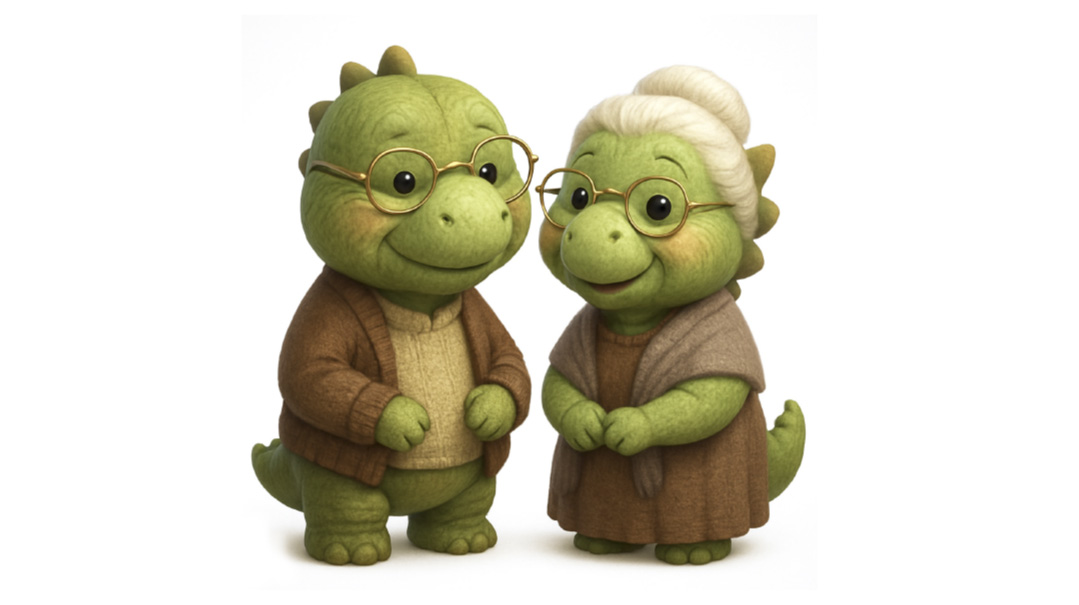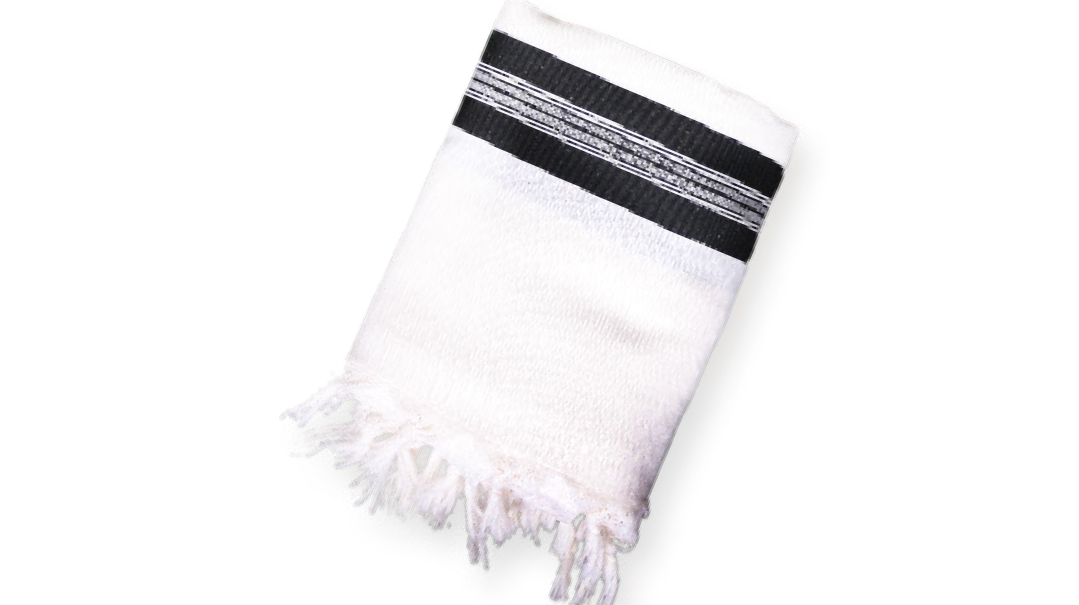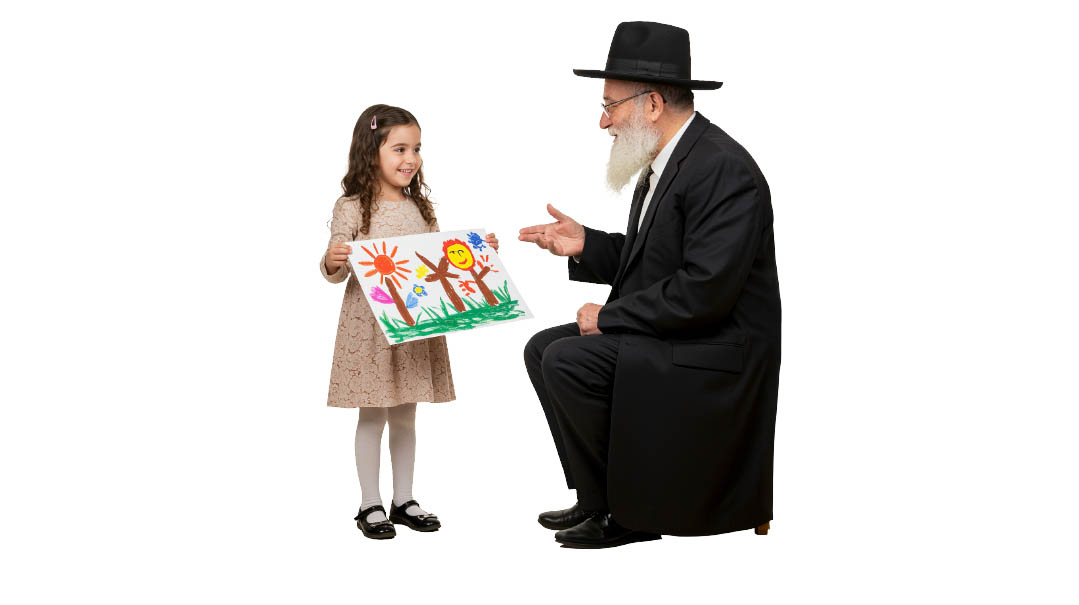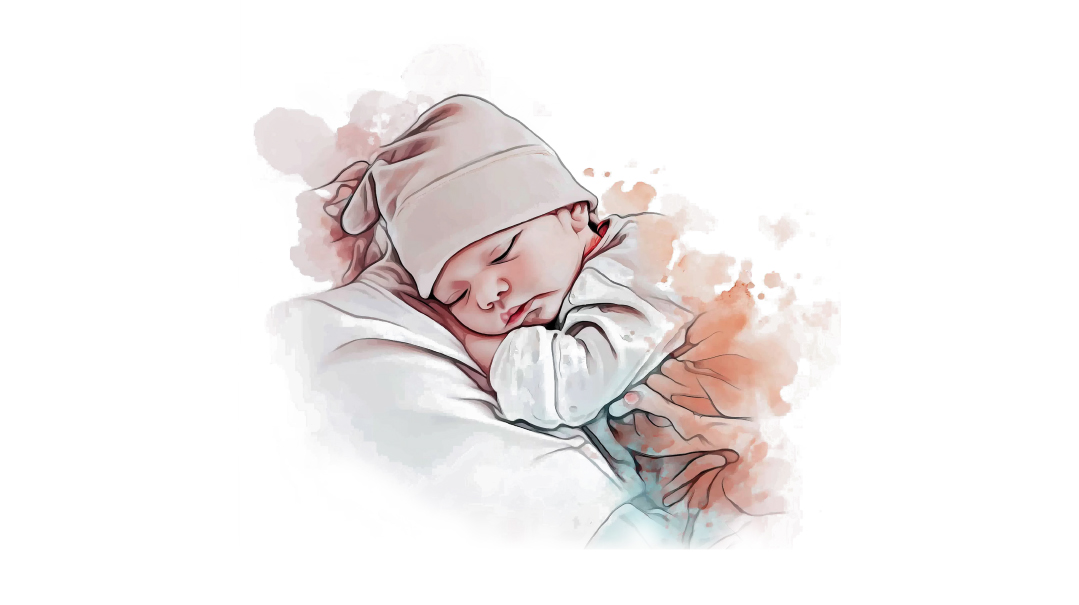“Are You Together?”
| December 6, 2022What is so different about us as a couple that elicits this reaction?

“Are you together?” This seemingly innocuous question never fails to aggravate my husband and to amuse me. We’ve been married for over 40 years, baruch Hashem, and still, every time we’re in a clothing store, going through security at an airport, or waiting in line at the bakery, we’re hit with the same question: “Are you together?” Even when the question is posed politely, sometimes I’ll detect a raised eyebrow of surprise at the answer.
What is so different about us as a couple that elicits this reaction? It’s simple: I’m taller than my husband. Not just “taller when I wear high heels” (which I never do); even in stocking feet, I am more than a few inches taller than he is. When we got married, I came up with a brilliant plan to address the discrepancy: when we grew old, I would be the one to shrink and he would stay the same, so we could eventually meet in the middle. But “man plans and G-d laughs”— while I haven’t lost even a centimeter of my five-foot-seven-inch height, my husband has started shrinking. (If it seems like a particularly fanciful plan, please bear in mind I was only 18 when I formulated it.)
Oops! We could not locate your form.







